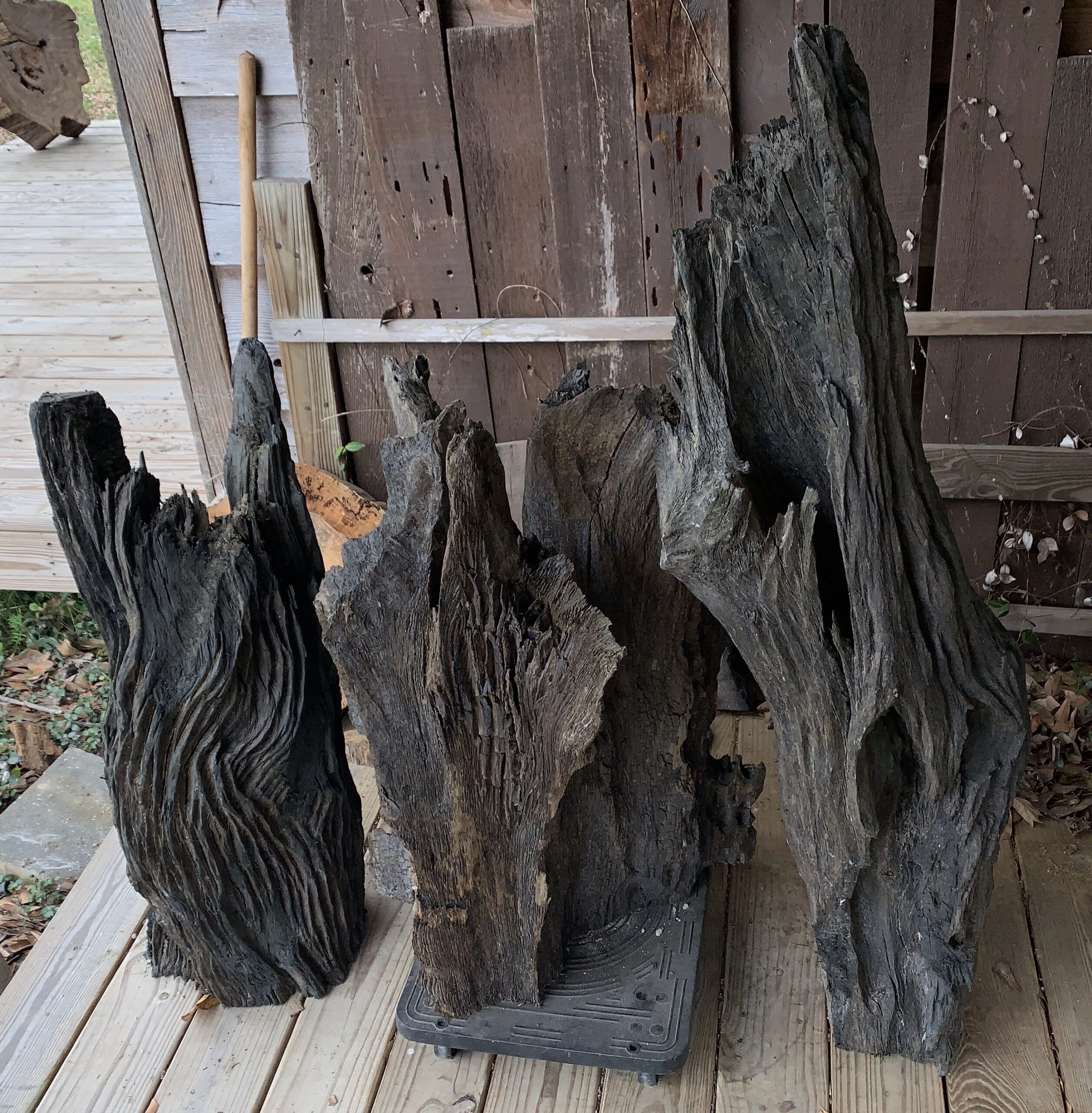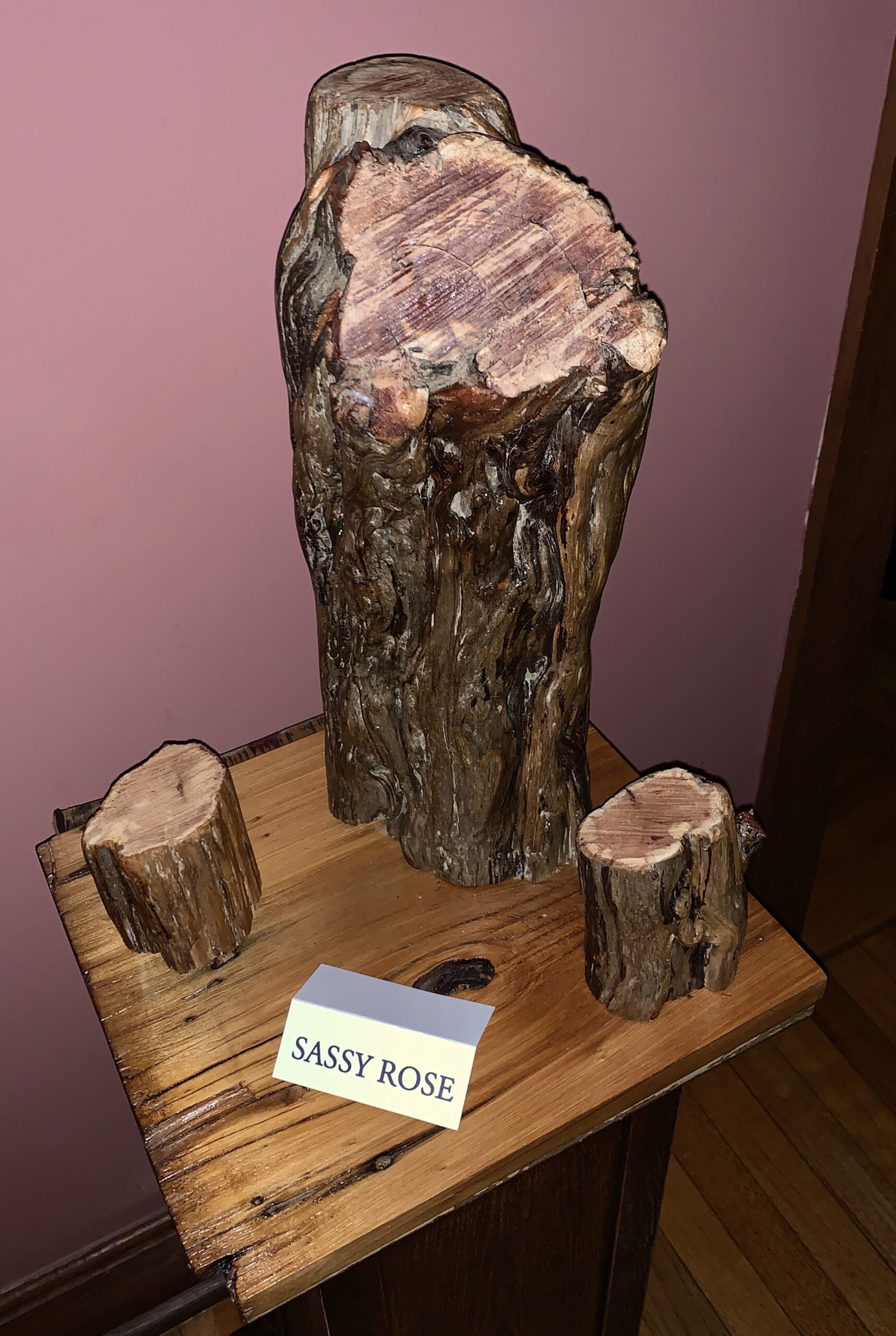Wood
The collection includes different types of wood, primarily various types of cypress, including cypress knees, sinker cypress, pecky cypress and red cypress. The type of wood referred to as 232 BC, Alligator Bayou Wood and other dark wood is unknown.
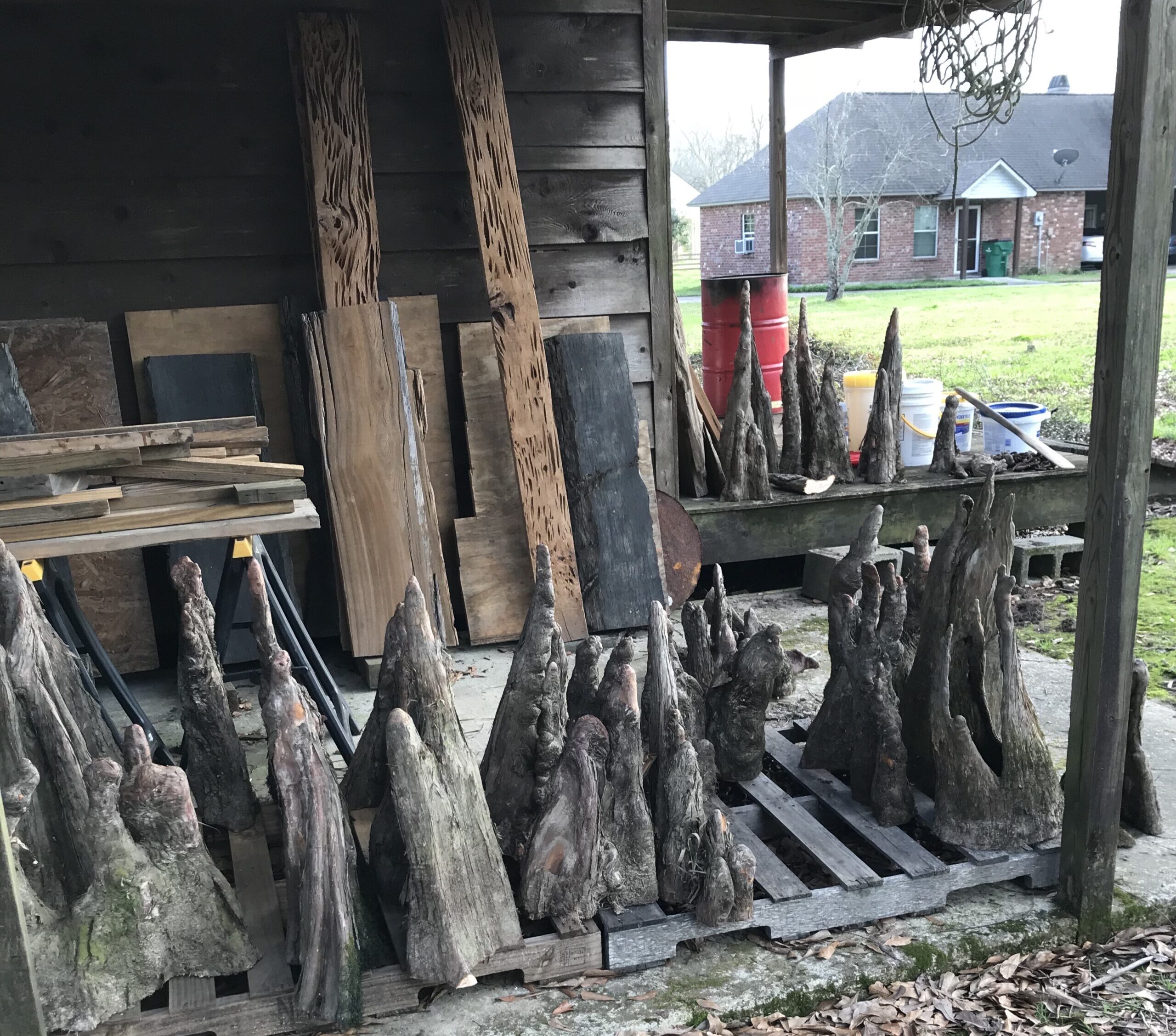
Cypress Knees
Cypress knees are connected to the roots of cypress trees and rise above the ground or water. The knees often have a unique shape and, when stripped of bark, different colors. Despite numerous studies no one has been able to determine the purpose of a cypress knee. In 1819 a botanist, Francois Andre Michaux, declared that, “no cause can be assigned for their existence.” That opinion continues to be the most accepted view today. The knees can be a serious problem for lawn mowers.
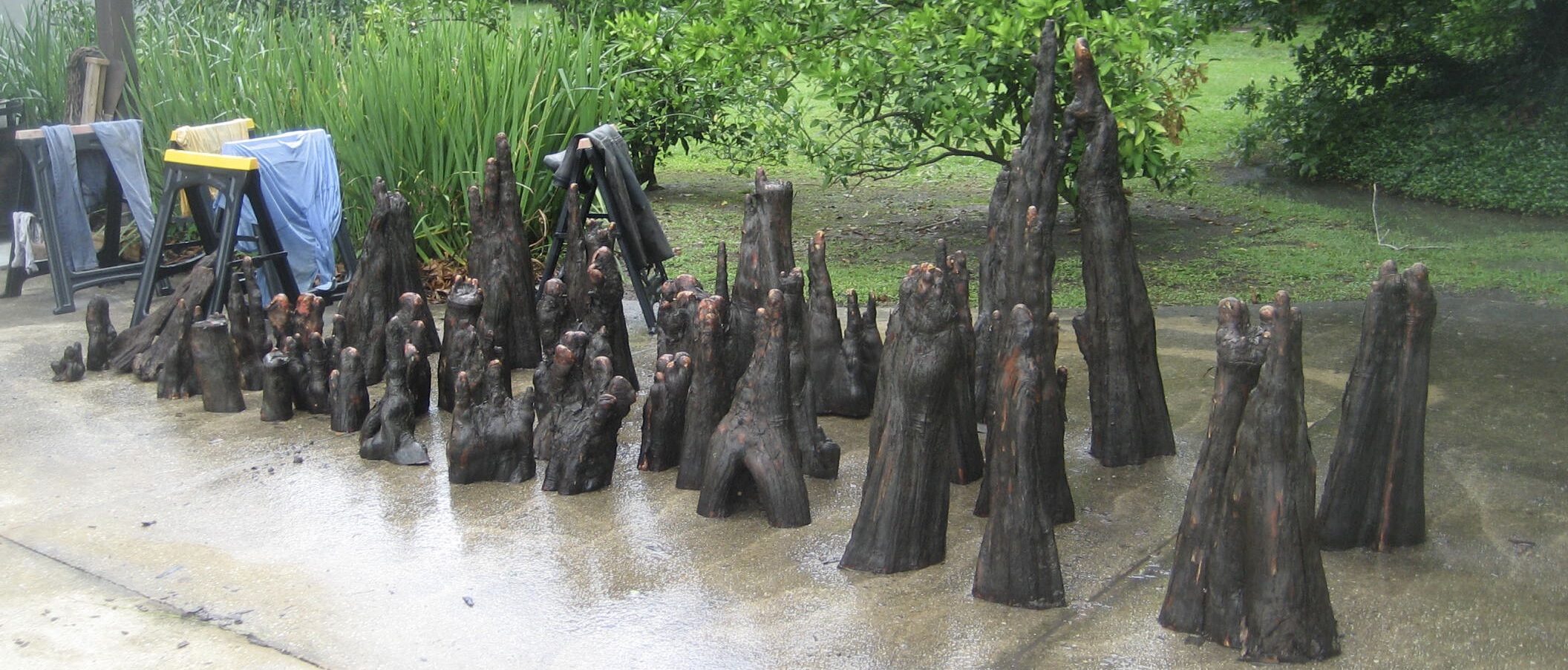
Sinker Cypress
In the early logging days some cypress logs, often due to water content, were heavier than water. At times during transportation the logs sank. Some logs were intentionally left in the water for later use and became waterlogged and sunk. Other trees simply fell and were covered with water and mud where they remained for years. These logs are generally referred to as “sinker cypress.” The cool water and lack of oxygen helps preserve the interior—the heartwood. While under the surface the log absorbs minerals that results in a variety of hues that varies with the water, mud and the duration it is buried. Sinker cypress wood often has cavities similar to pecky cypress.
Much of old New Orleans was built with cypress trees from the Lake Maurepas (Maw-re-paw) swamp area. The trees were cut and the logs were put on rafts and floated to sawmills on Lake Maurepas. The logs were milled and then floated into Lake Pontchartrain to the shores of New Orleans. This same approach, “float logging,” was employed for many years throughout south Louisiana when the water was sufficiently high. Many logs were lost in the process. Locating and recovering sinker logs has become a cottage industry.
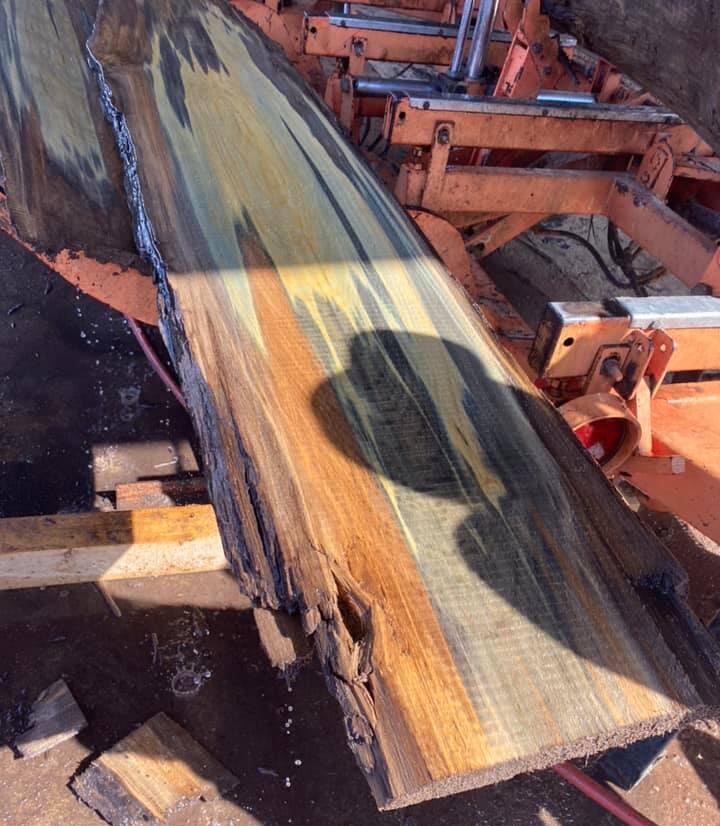
Pecky Cypress
Pecky cypress has unique cavities or pockets that has a distressed appearance. According to Mr. Google, the cavities are caused by a fungus that does not start to grow until the tree is at least 125 years old. The fungus stops growing once the tree is cut. For many years pecky cypress was discarded, but it is now very popular because of the distinctive look.
Pecky and sinker cypress can have a similar appearance and are not mutually exclusive, that is, wood can be both sinker and pecky cypress.
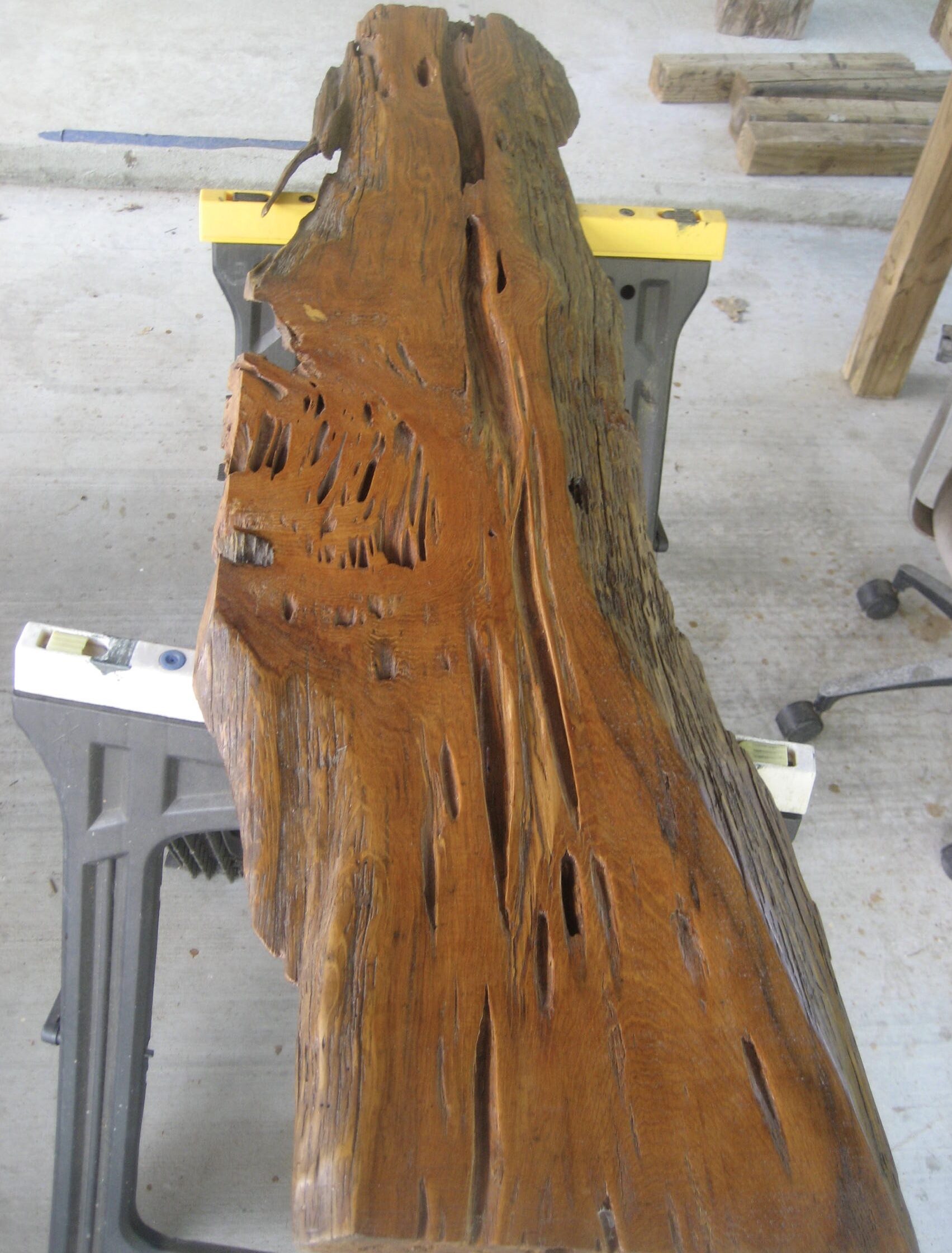
Red Cypress
Red Cypress, or “old growth cypress” refers to old cypress that often has reddish tones. Several items in the collection have a base made of red cypress that came from an old home that was torn down in St. Gabriel, Louisiana.
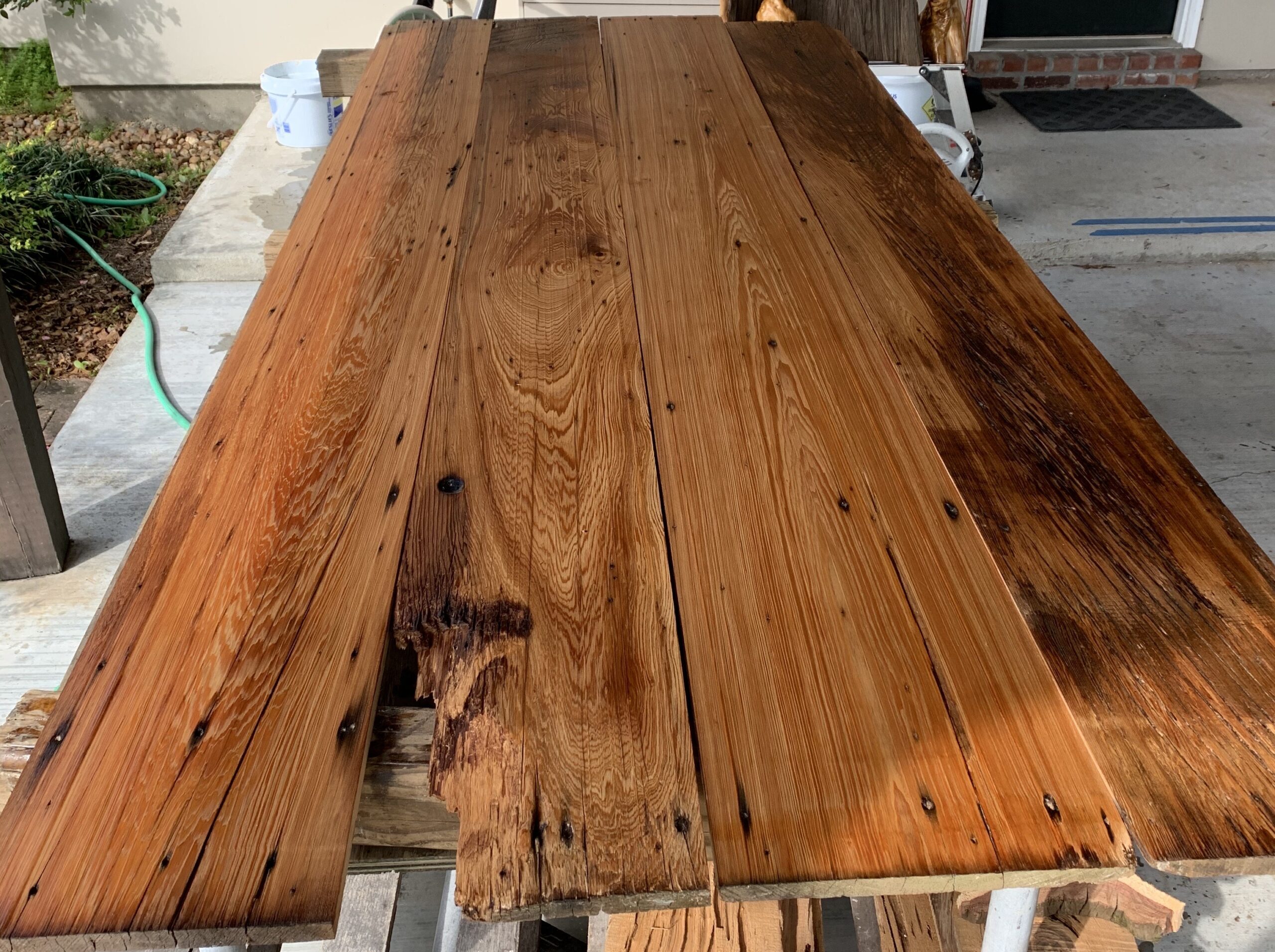
232 BC Wood
The 232 BC wood is from a black log that was found buried along the banks of the Amite River. After the log was excavated and milled a sample of the wood was sent to a lab for carbon-dating. The lab results determined that the wood was 2,250 years old, plus or minus 26 years–or approximately 232 BC. Thus, the name. The type of wood is unknown, but professors at the LSU Forestry Department speculated it was oak.
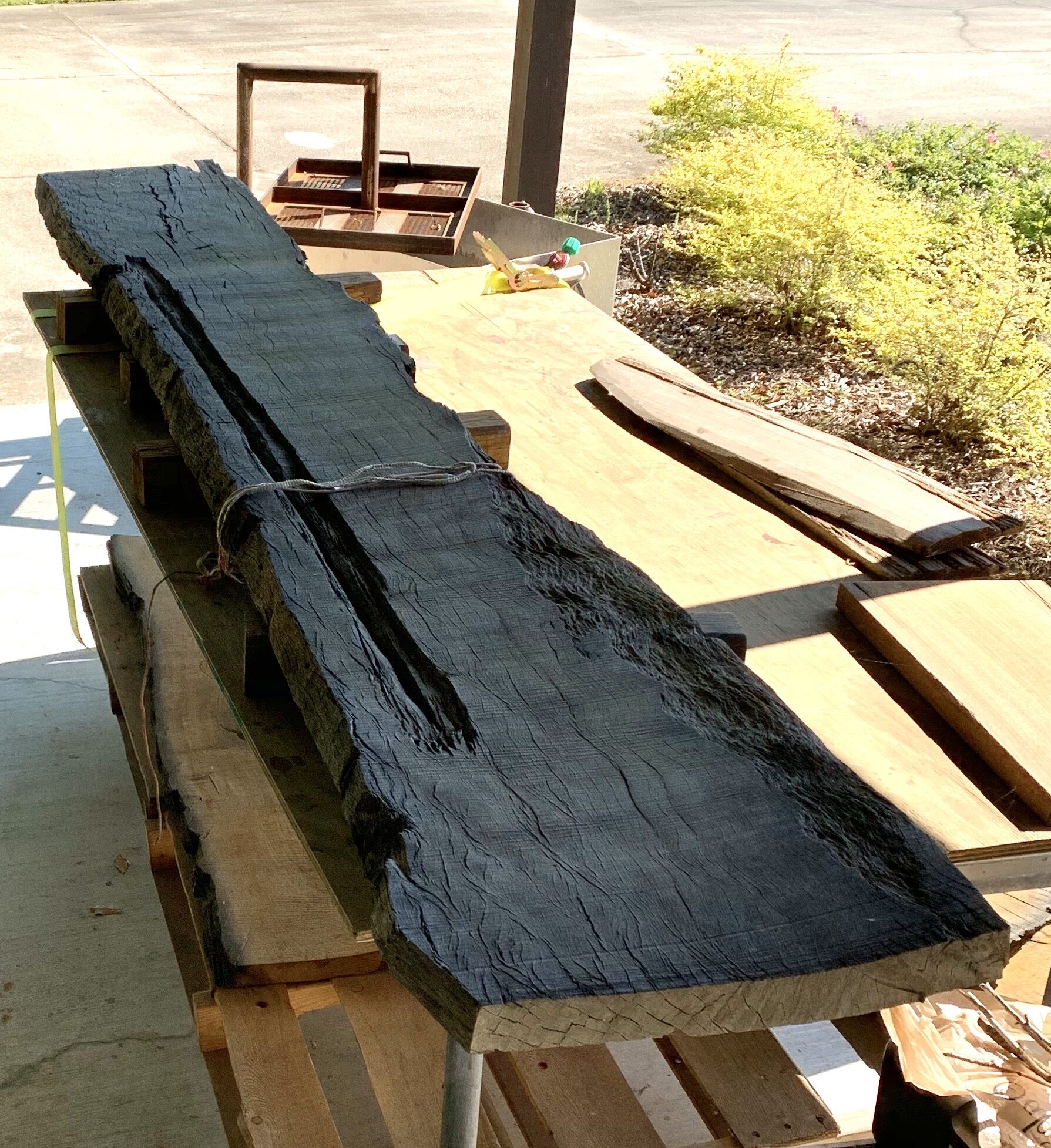
Alligator Bayou Wood
This name was given because the wood is from a log that was pulled from several feet beneath the bottom of Alligator Bayou where it flows into Bayou Manchac. The wood is brown and black and apparently very old. The type of wood is unknown, but is probably oak.
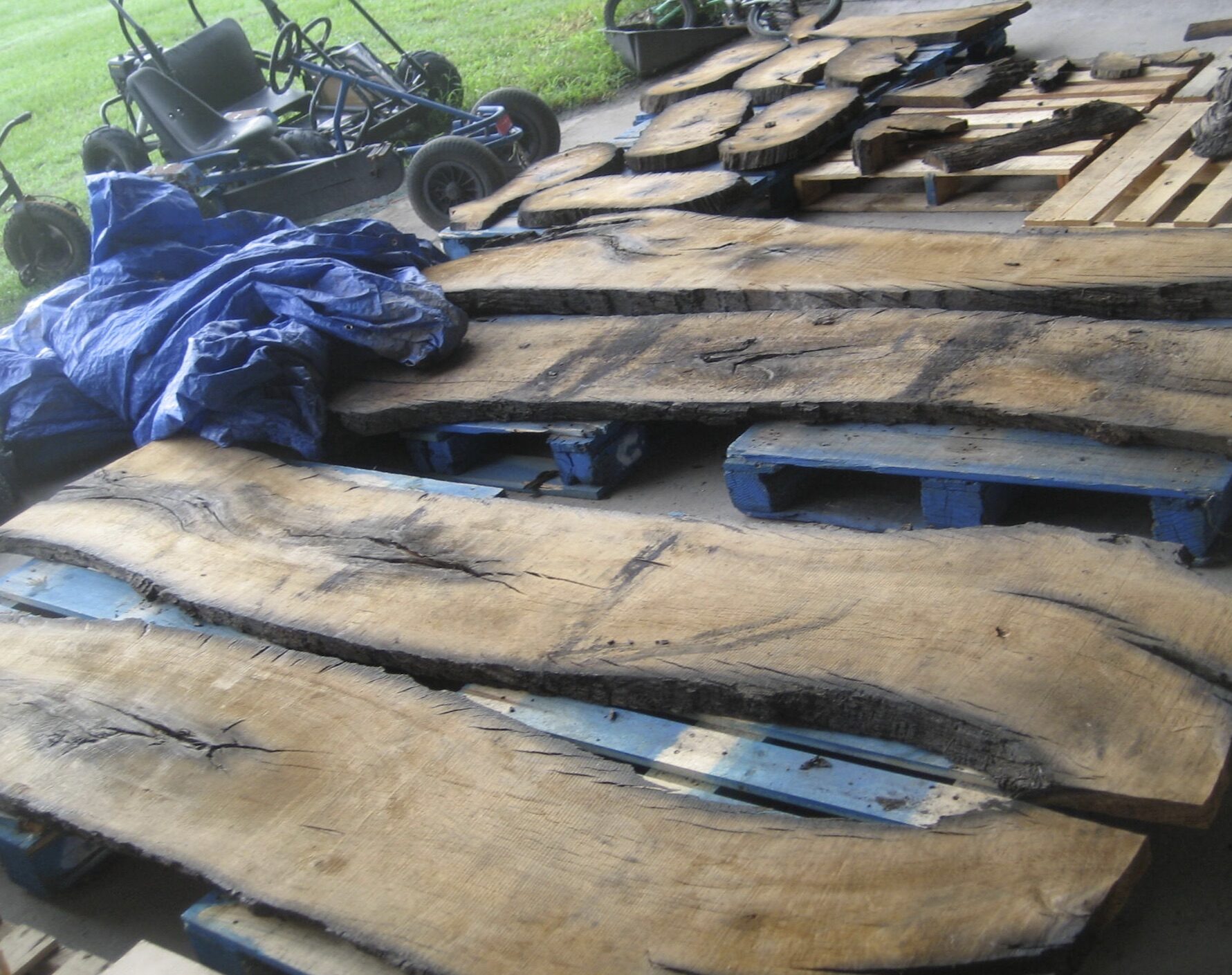
Other Wood
The collection includes some wood that is dark and similar in appearance and density to the 232 BC wood. The type of wood is not known and it is apparently not as old as the 232 BC wood. There are also a couple of items from a sassafras log. Sassafras is known for its aromatic quality (similar to cedar) and has an interesting history. Native Americans used the plant for a variety of culinary and medicinal purposes. Root beer was originally made from the tree’s root and file’, as in “file’-gumbo” was made from the dried leaves.
